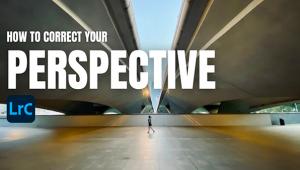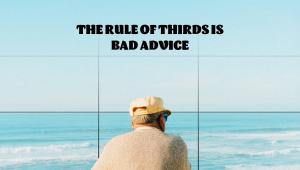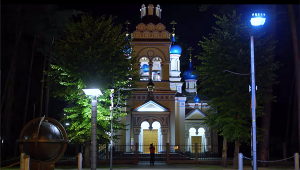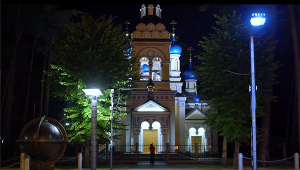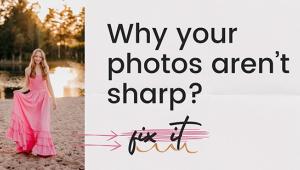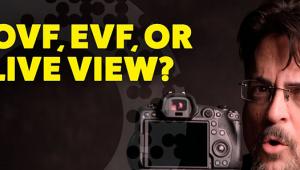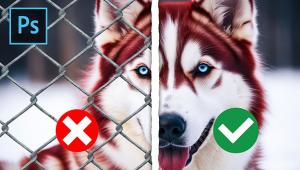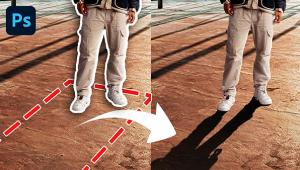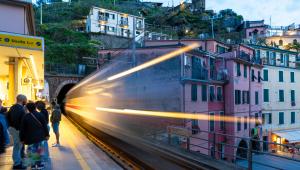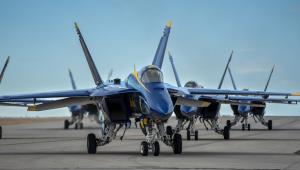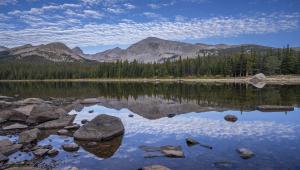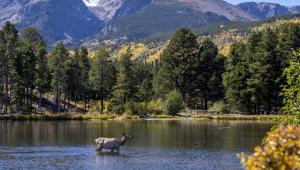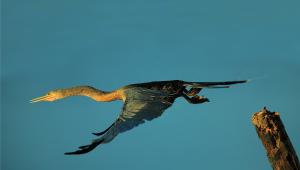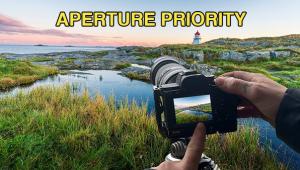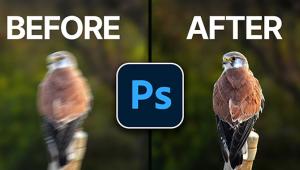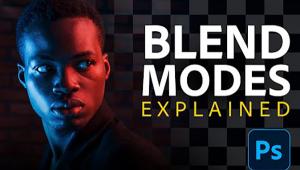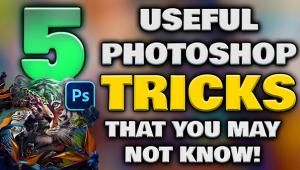Are Raw Photos Always Better Than Jpegs? You'll Be Surprised (VIDEO)
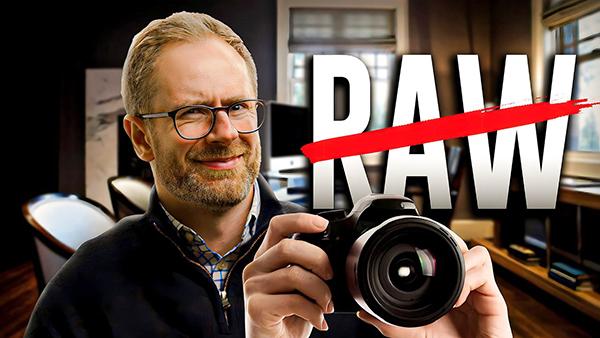
Yesterday we debunked a popular myth that shooting in Manual mode is the only way to capture great images. Today we're going that route again by addressing the conventional wisdom that Raw files are always better than Jpegs.
This 12-minute tutorial from the Photography Explained YouTube channel takes a close look at the Raw vs. Jpeg debate so you understand when to go all-in on Raw, and when the Jpeg format is a better choice. You also learn about a couple other image formats that you may find unfamiliar.
Today's unnamed instructor puts it like this: "After checking with the pros I knock about with, and many personal experiments, I've discovered the truth behind the two main formats once and for all." So what's the big deal with a Raw file? It represents the uncompressed data captured by your camera's sensor. It's sort of like the digital equivalent of a film negative because "nothing's been done to it—no adjustments, no processing—just pure, unadulterated pixels." And this means greater flexibility and control during post-processing.
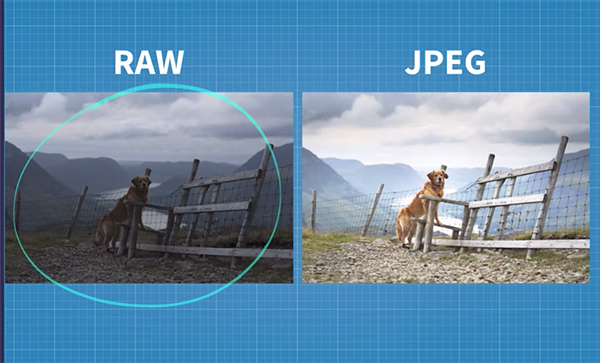
Jpegs, on the other hand, are a compressed and processed version of the same data that can sometimes be used straight out of the camera. While significant enhancements can also be applied during the editing process "your camera has already done much of the cooking for you." Jpeg files also take up much less storage space on whatever storage device you use.
The point here isn't to completely dismiss the value of shooting in Raw and convince to always shoot Jpegs, but rather to explain the benefits and drawbacks of both popular formats. The way you intend to use the images you capture is another very important consideration.
The ability to rehabilitate severely underexposed photos is a big plus with Raw, while you may be out of luck with a Jpeg file and shadow detail could be lost forever. There are other post-processing advantages to Raw, like precisely correcting White Balance, getting sharpening right, fixing a "baked-in" profile, and others. And some of these issues can be irreversible when dealing with Jpegs.
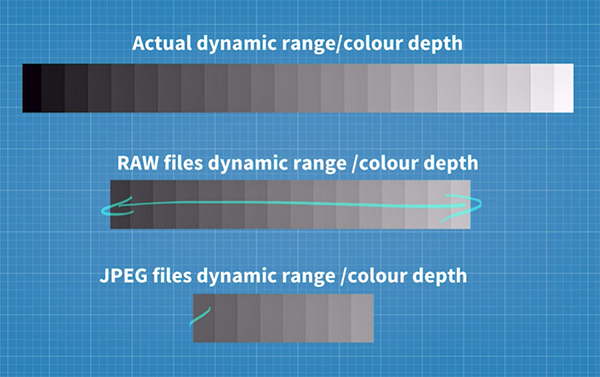
OK, so why and when are Jpeg files actually preferable? Watch the video to find out. The bottom line is this: There's no file format that's perfect for every situation, and now you are well prepared to make the appropriate choice.
The Photo Explained YouTube channel is a great resource for straightforward shooting and editing advice that will significantly improve your photography skills. So be sure to pay a visit when you have time to explore.
And don’t miss the tutorial mentioned above, so that you don't feel compelled to also use your camera's Manual mode. You'll learn how to take advantage of the semi-automatic modes like Aperture Priority and Shutter Priority to capture great photos.
- Log in or register to post comments


